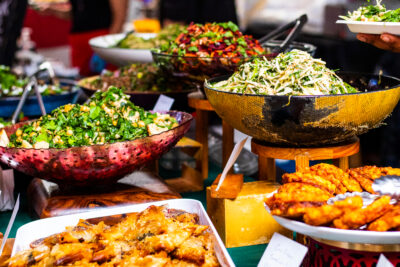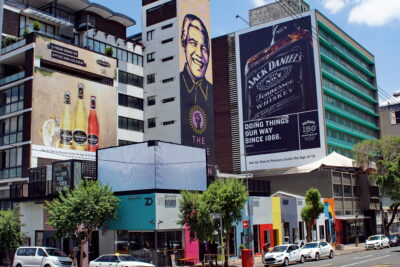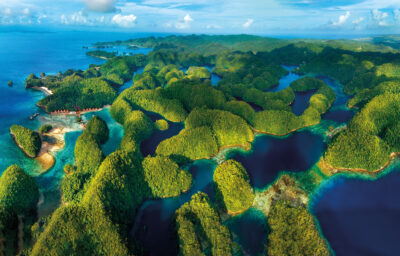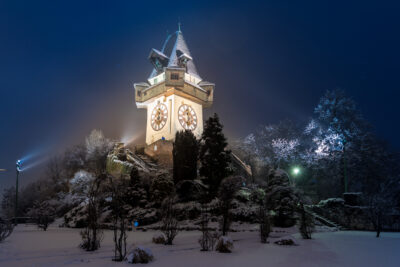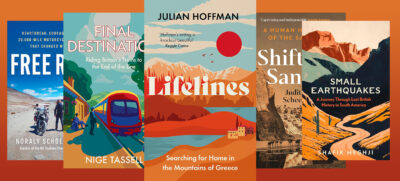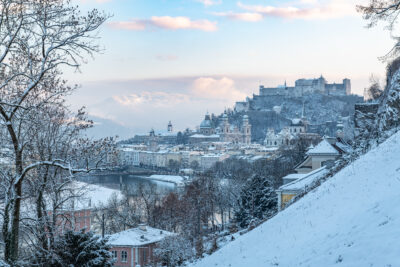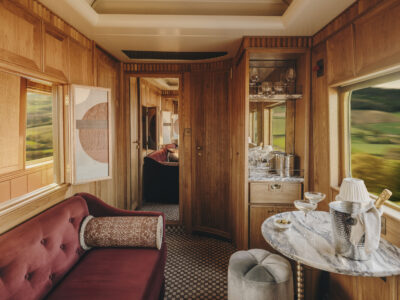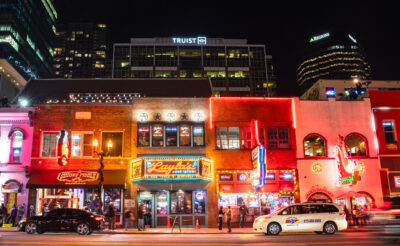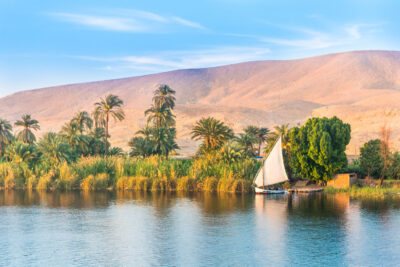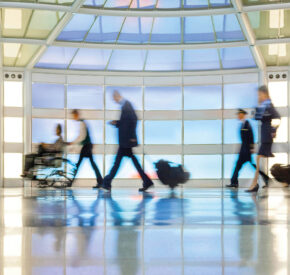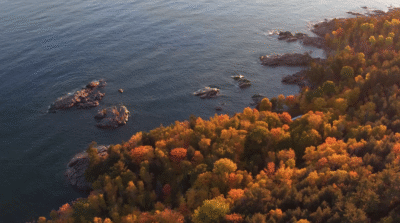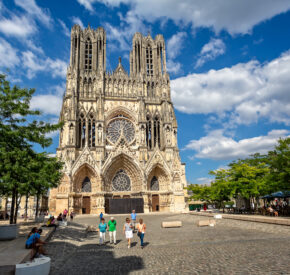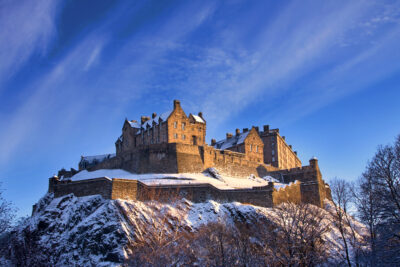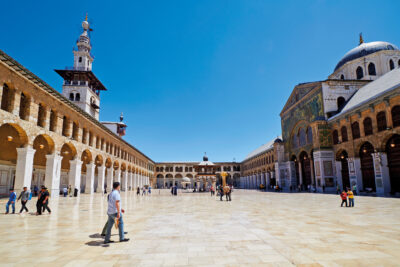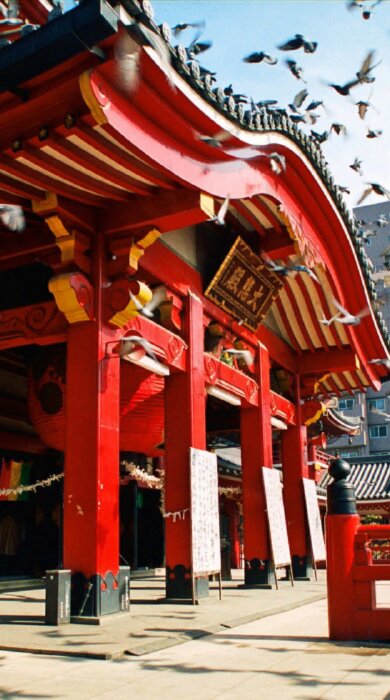
First 24 hours in Nagoya, Japan
Want an alternative start to your Japanese adventure? Then try Nagoya, which is packed with temples, castles and quirky youth culture
Before you arrive
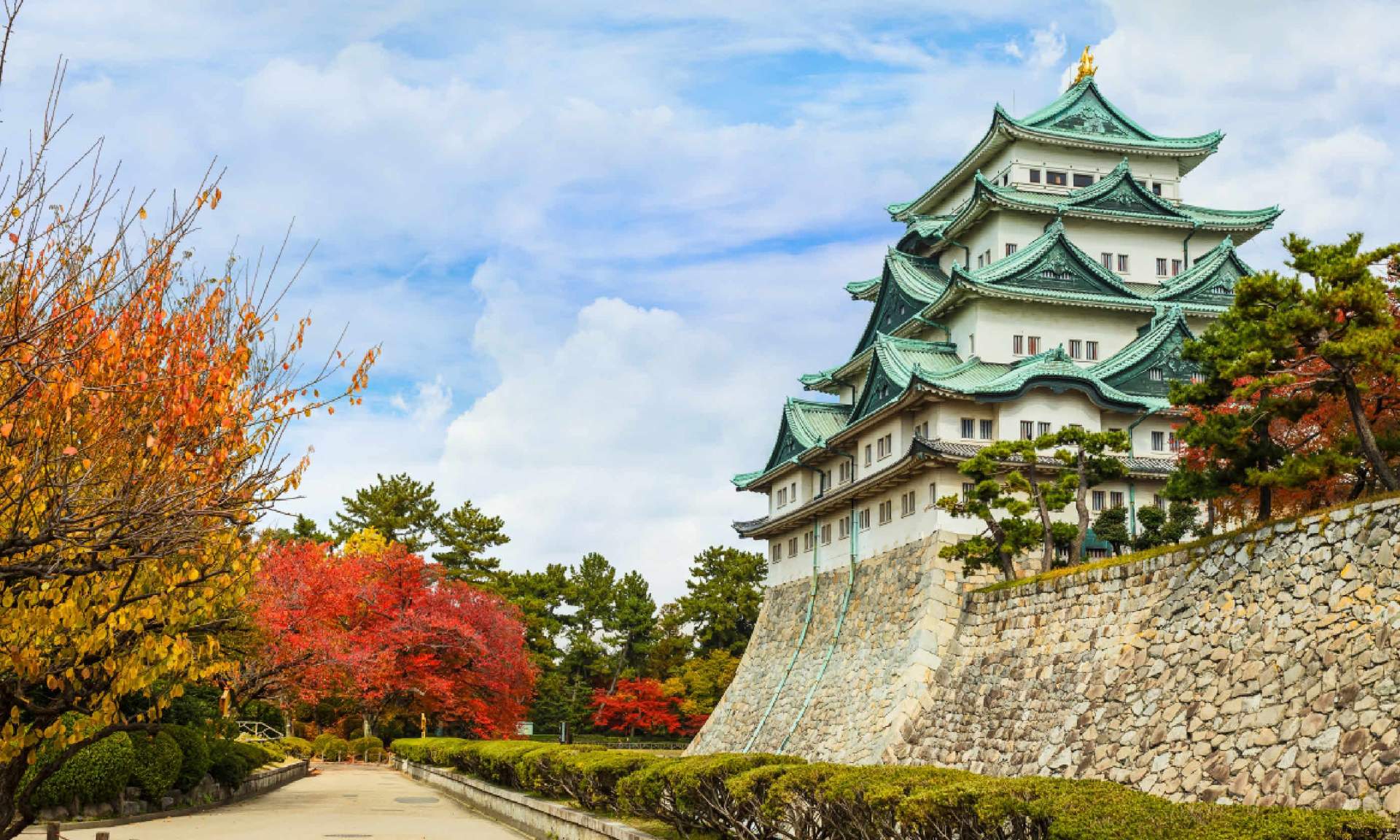
At the airport
Flights from the UK to Chubu Centrair International Airport take from 13.5 hours, dependent on stopover. After clearing immigration, pick up your bags and pass customs.
The Arrivals hall has a number of ATMs, a bureau de change, snack and souvenir shops. You will also find the Central Japan International Airport Station and various bus and taxi stands.
Getting into town
The train is the cheapest and most efficient way to get into town. A single from the airport to Nagoya Station will cost around ¥870 (£4.75). Buy tickets from the desk (the staff are very helpful); travel time is 30 minutes. From Nagoya Station you can access the city’s subway as well as the JapanRail mainline for bullet trains to Tokyo (1 hr 40mins), Kyoto (40mins) and beyond.
Buses into town are more expensive (¥1,000 [£5.50]) and take longer – 45-85 minutes depending on your stop. Taxis are pricey – expect to pay in excess of ¥12,000 (£65).
Other ways to arrive
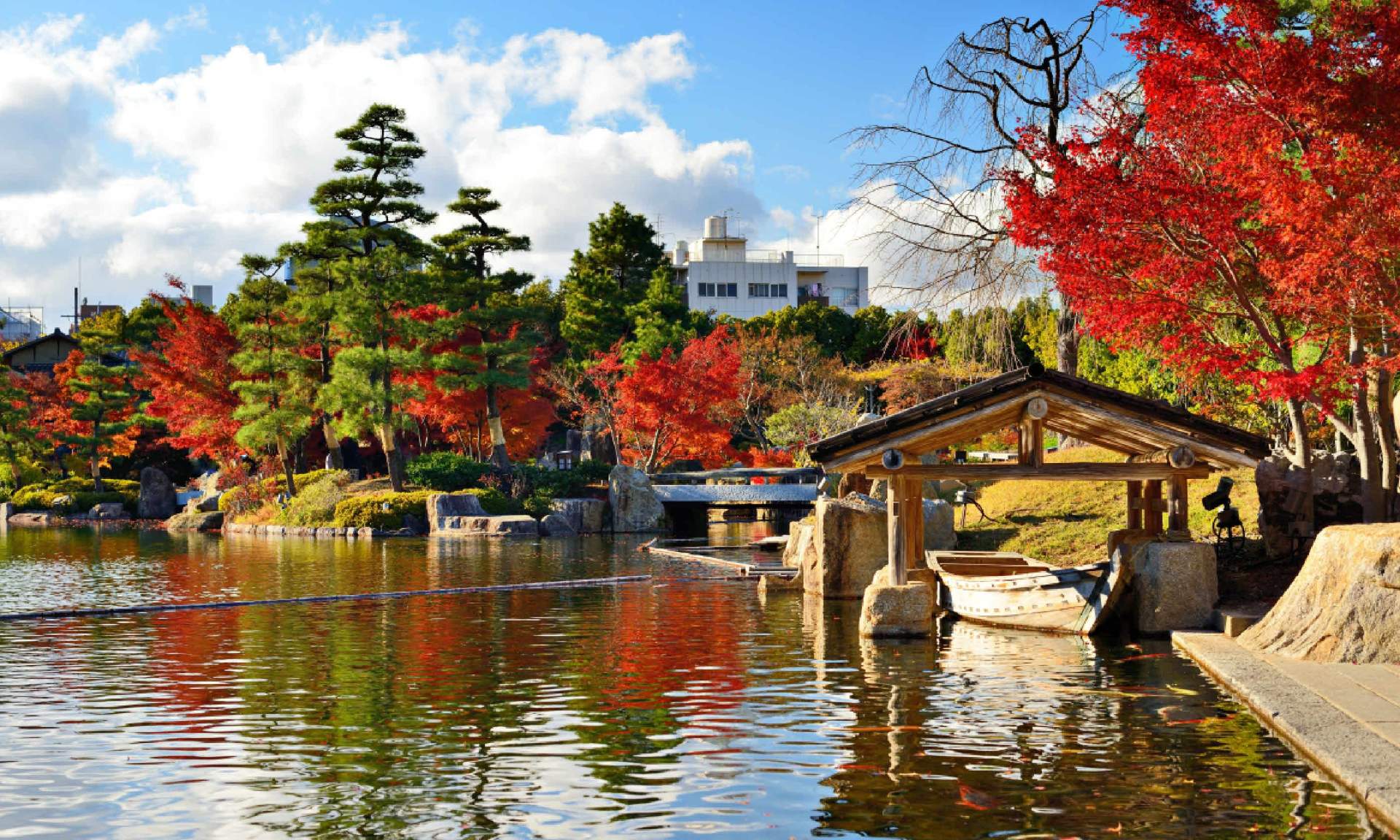
Essential info
Population: 2.26 million
Language: Japanese
Timezone: GMT+9
International dialling code: +81
Visas: Not required by UK nationals
Currency: Japanese yen (¥) Many ATMs don’t accept foreign cards; carry cash. Larger establishments usually accept credit cards. Tipping is not practised.
Highest viewpoint: The Nagoya TV Tower (pulled down by Godzilla in the 1964 movie) has two observation decks, indoor (90m) and outdoor (100m), plus a restaurant at 30m.
Health issues: Nagoya, like the rest of Japan, has very low levels of crime. Tap water is safe to drink.
Recommended guidebooks: Japan (Rough Guides, 2014); Japan (Lonely Planet, 2013)
Climate: Winter (Dec-Mar) can be cold, and can feel colder with the wind chill – though temperatures rarely drop below freezing. Summers (Jul-Aug) are hot and humid (average around 30°C). Rain can fall year-round; the wettest month is June.
First day’s tour
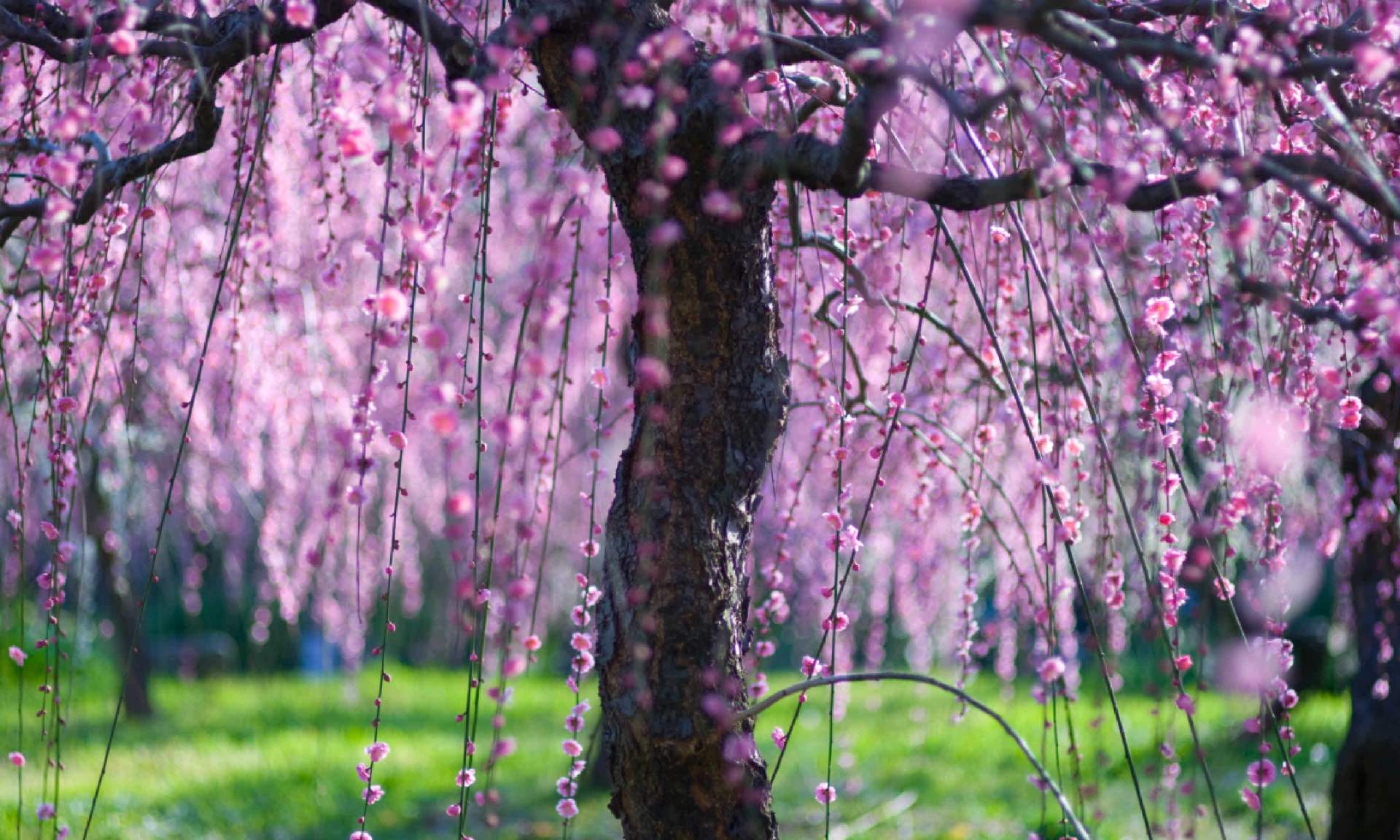
Where to stay?
Top end: Nagoya has the usual Hiltons, Westins and Mercures, but for luxury in a more authentically Japanese style try Kyoya Ryokan. It offers traditional tatami mat rooms with private bathrooms and separate seating areas, as well as onsen (a public bath), all overlooking a serene garden. Doubles from ¥23,600 (£129).
Mid-range: The B Nagoya is well located for exploring the city – it’s near the TV Tower and five minutes’ walk from the subway, plus there is a handy convenience store on site. Reasonably priced too. Doubles from ¥12,000 (£65).
Budget: Ryokan Meiryu may look a little shabby from the outside but inside you’ll find traditional and clean (if basic) tatami mat rooms. Sleeping is on futons and bathrooms are shared (one for men, one for women). Single occupancy costs ¥5,350 (£30); double costs ¥9,000 (£50).
Stay or go?
Stay for a while, then head further afield – there’s lots more to see. The Inuyama area, to the north, offers boat trips down the Nihon Rhine. The commentary is in Japanese but if the weather is good it’s still a relaxing way to spend a morning. There’s also the 450-year-old Inuyama Castle and nearby Meiji-Mura museum, which features 67 preserved and restored buildings from the Meiji Period (1868-1912). You can stroll around the 1,000 sq km museum on foot or take the street car or stream train. Admission is ¥1,700 (£9) not including train/trolley ride.
Bullet trains link Nagoya to the cities of Kyoto and Tokyo. But to escape the cities, head north to Matsumoto, gateway to the Japanese Alps. A train and bus connect to the visitor centre at Kamikochi; from here there are various walking trails to try, including paths over high mountain passes and riverside ambles with resident wild macaque monkeys.
Main image: Osu Kannon, Nagoya, Japan (Shutterstock)
